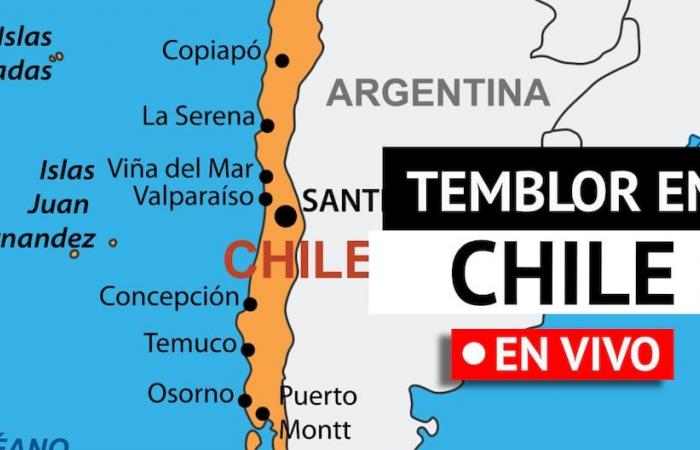
Chili It is one of the most seismic South American countries because it is located on a break in the Earth’s crust where two tectonic plates rub together. When tectonic plates rub against each other, they can cause the Earth’s crust to move, which can cause an earthquake.
Although many of these telluric movements are imperceptible to the population, it is advisable to find out about the main movements recorded by the National Seismological Center (CSN) from the University of Chile. Under this context, I share with you the most relevant data regarding these telluric movements recorded today, June 19, such as the measures of the Chilean Government, the regions with the most seismic activity, among other data.
Tremor in Chile today, June 20, LIVE – via CSN
The CSN belongs to the National Commission for Scientific and Technological Research (CONICYT) and this entity has a network of seismographs distributed throughout the country, which allow seismic movements to be detected and recorded. Review the official report on the latest earthquakes recorded in the most affected cities in Chile such as: Sierra Gorda, Calama, Pica, among others in Chile.
How many earthquakes per day are reported in Chile?
Chile is located along the Ring of Fire, a region of Earth that is prone to earthquakes and volcanic eruptions. As a result, Chile experiences a large number of earthquakes each year. On average, there are around 100 earthquakes reported in Chile each day. However, the amount can vary greatly from day to day.





